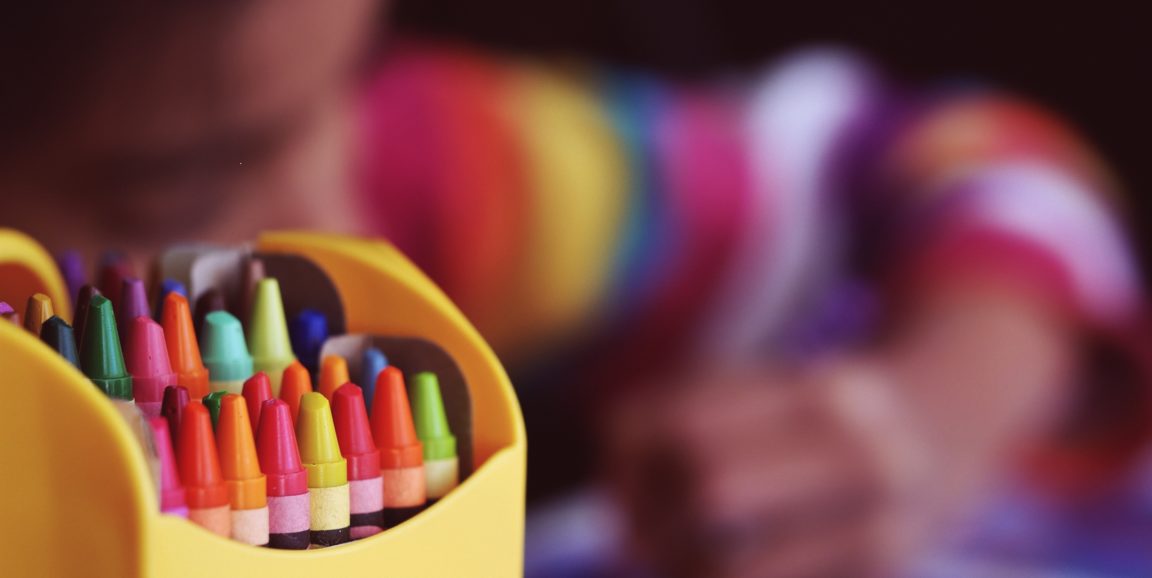As a postdoctoral fellow in psychiatry, Manish Saggar, PhD, stumbled across a paper published in 1968 by a creativity pioneer named E. Paul Torrance, PhD. The paper described an unexplained creativity slump occurring during fourth grade that was associated with underachievement and increased risk for mental health problems. He was intrigued and wondered what exactly was going on. "It seemed like a profound problem to solve," says Saggar, who is now a Stanford assistant professor of psychiatry and behavioral sciences.
Saggar's latest research study, recently published in NeuroImage, provides new clues about creativity during middle childhood. The research team studied the creative thinking ability of 48 children -- 21 starting third grade and 27 starting fourth grade -- at three time points across one year. This allowed the researchers to piece together data from the two groups to estimate how creativity changes from 8 to 10 years of age.
At each of the time points, the students were assessed using an extensive set of standardized tests for intelligence, aberrant behavior, response inhibition, temperament and creativity. Their brains were also scanned using a functional near-infrared spectroscopy (fNIRS) cap, which imaged brain function as they performed a standardized Torrance Test of Creative Thinking.
During this test, the children sat at a desk and used a pen and paper to complete three different incomplete figures to "tell an unusual story that no one else will think of." Their brains were scanned during these creativity drawing tasks, as well as while they rested (looking at a picture of a plus sign) and as they completed a control drawing (connecting the dots on a grid).
Rather than using the conventional categories of age or grade level, the researchers grouped the participants based on the data -- revealing three distinct patterns in how creativity could change during middle childhood.
The first group of kids slumped in creativity initially and then showed an increase in creativity after transitioning to the next grade, while the second group showed the inverse. The final group of children had no change in creativity and then a boost after transitioning to the next grade.
"A key finding of our study is that we cannot group children together based on grade or age, because everybody is on their own trajectory," says Saggar.
The researchers also found a correlation between creativity and rule-breaking or aggressive behaviors for these participating children, who scored well within the normal range of the standard child behavior checklist used to assess behavioral and emotional problems. As Saggar clarifies, these "problem behaviors" were things like arguing a lot or preferring to be with older kids rather than actions like fighting.
"In our cohort, the aggression and rule-breaking behaviors point toward enhanced curiosity and to not conforming to societal rules, consistent with the lay notion of 'thinking outside the box' to create unusual and novel ideas," Saggar explains. "Classic creative thinking tasks require people to break rules between cognitive elements to form new links between previously unassociated elements."
They also found a correlation between creativity and increased functional segregation of the frontal regions of the brain. Certain functions of our brain are done by regions independently and other functions are done by integration, when different brain regions come together to help us do the task. For example, a relaxing walk in the park with a wandering mind might have brain regions functioning in a segregated independent fashion, while focusing intently to memorize a series of numbers might require brain integration. In the study, they showed that increases in creativity tracked with increased segregation of the frontal regions.
"Having increased segregation in the frontal regions indicates that they weren't really focusing on something specific," Saggar says. "The hypothesis we have is perhaps you need more diffused attention to be more creative. Like when you get your best ideas while taking a shower or a walk."
Saggar hopes their findings will help develop new interventions for teachers and parents in the future, but he says that longer studies, with a larger and more diverse group of children, are first needed to validate their results.
Once they confirm that the profiles observed in their current study actually exist in larger samples, the next step will be to see if they can train kids to improvise and become more creative, similar to a neuroscience study that successfully trained adults to enhance their creativity.
Photo by Free-Photos




